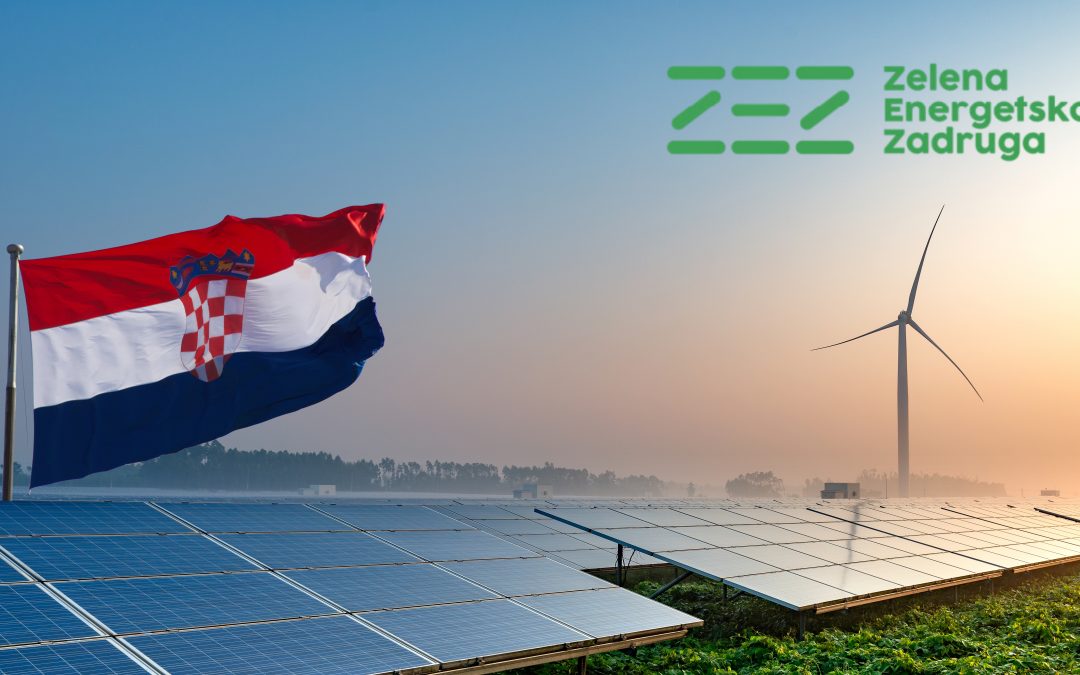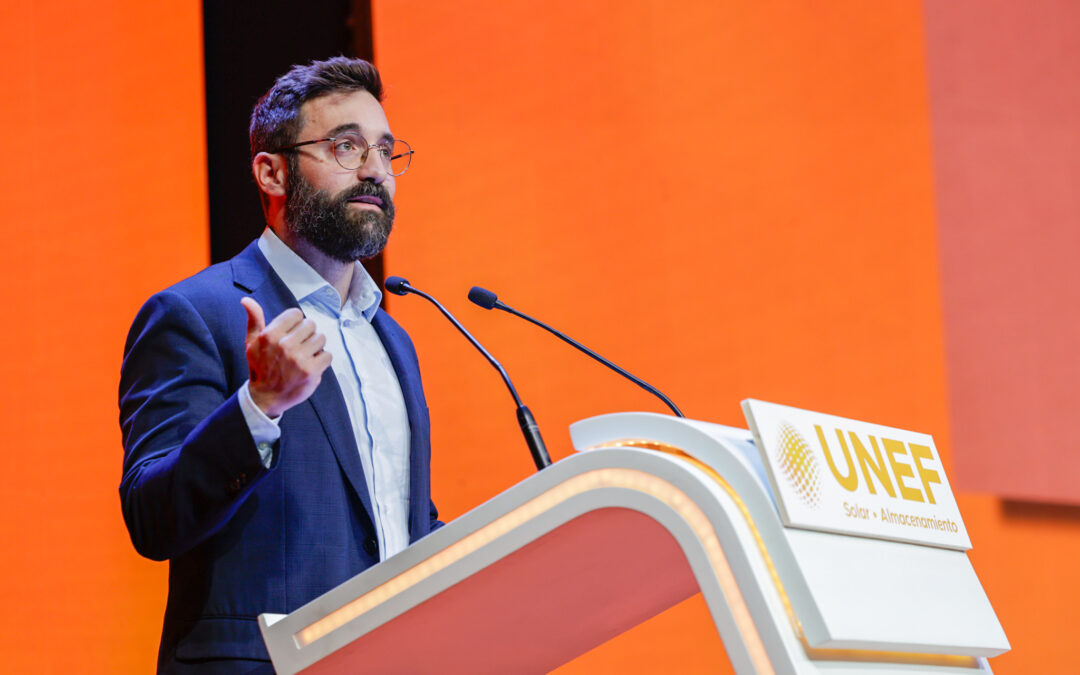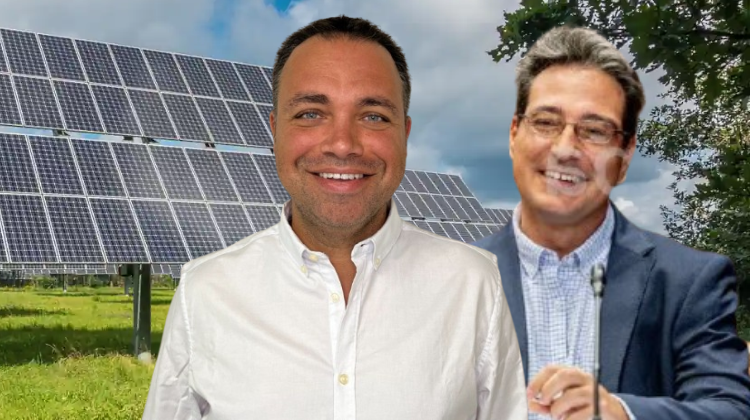The latest report from the Directorate-General for Energy of the European Commission reveals that renewable electricity generation increased by 93 TWh in 2024, reaching a record 47% share of the EU’s energy mix. Total renewable energy production reached 1300 TWh in 2024.






























































